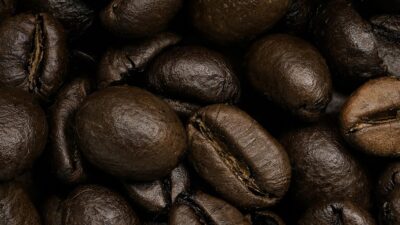Frying, a cooking method that dates back thousands of years, remains a cornerstone in cuisines around the world. From the golden onion rings in a diner to the perfectly crispy fried chicken, this beloved technique combines the art of preparation with the science of heat transfer. In this deep dive, we explore the intricate relationships between technique, ingredients, and the transformational magic of frying.
The Basics of Frying
Frying involves cooking food in hot fat, typically oil, which allows for quick cooking and the development of rich flavors and textures. There are mainly two types of frying: shallow frying and deep frying.
-
Shallow Frying: Involves cooking food in enough oil to immerse the food halfway. This technique is often used for items like pancakes or the popular French omelet.
- Deep Frying: Here, the food is fully submerged in hot oil, creating a barrier that crisps the outer layer while locking in moisture. The high temperatures, often between 350°F and 375°F (175°C – 190°C), result in a Maillard reaction, giving fried foods their characteristic color and flavor.
The Science Behind Frying
Temperature Control
Temperature is crucial in frying. If the oil is too cool, the food will absorb more oil and become greasy. Conversely, if the oil is too hot, the outside may scorch before the inside is thoroughly cooked. Maintaining the ideal frying temperature ensures a crispy exterior while achieving perfect doneness inside.
Oil Selection
Not all oils are created equal when it comes to frying. Oils with high smoke points, such as canola, peanut, and sunflower oil, are preferred because they can withstand high temperatures without breaking down. Additionally, the choice of oil can impact flavor; for example, using sesame oil will impart a distinct taste.
Techniques for Perfect Frying
-
Dry Ingredients: Properly dry the food before frying. Excess moisture creates steam that can lead to sogginess and reduce crispiness.
-
Battering and Breading: Coatings can add flavor and texture. A light dusting of flour can provide an initial crust, while a thicker batter may lend to a heartier exterior. Seasoning is essential – enhance the coating with spices to elevate the flavor profile.
-
Fry in Batches: Avoid overcrowding the frying vessel, which can lower the oil temperature and produce less crispy results. Fry items in smaller batches to ensure even cooking.
- Resting and Draining: Once fried, allow the food to rest on a wire rack or paper towels to drain excess oil. This step preserves crunchiness.
Variations Across Cultures
Frying methods vary widely around the globe, each reflecting local ingredients and culinary traditions:
- Tempura (Japan): Involves lightly battered and fried seafood and vegetables, emphasizing lightness and crispiness.
- Samosas (India): Deep-fried pastries filled with spiced vegetables or meat, showcasing a flaky crust.
- Patacones (Latin America): Twice-fried plantains, bringing contrasts of texture with a crunchy exterior and tender inside.
The Health Debate
Frying, particularly deep frying, has received scrutiny due to concerns about health implications, such as higher calorie counts and the presence of trans fats. However, moderation is key. Utilizing healthier oil options and frying techniques can mitigate some of these health risks.
The Future of Frying
With the rise of air fryers, the frying landscape is evolving. These appliances use convection technology to mimic the crispy results of deep frying with significantly less oil. While they provide a healthier alternative, the debate continues regarding whether they can truly replicate the authentic texture and flavor of traditional frying.
Conclusion
Frying is both an art and a science, captivating cooks and food lovers alike. Mastering its nuances unlocks an array of flavors and textures that define culinary experiences. By understanding the principles and techniques behind frying, one can take their food preparation skills to new heights, celebrating the timeless joy of savoring perfectly fried delights. Whether indulging in classic favorites or exploring innovative approaches, the magic of frying continues to inspire creativity in kitchens around the world.



